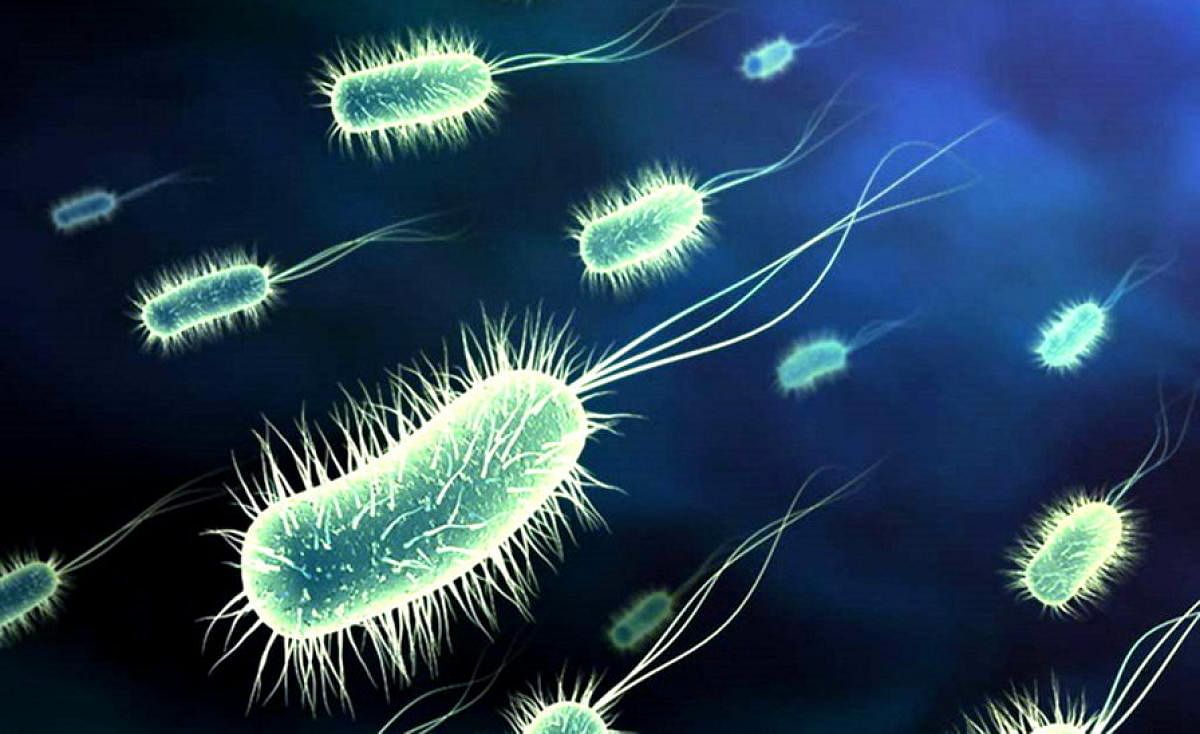
Researchers have engineered a new bacterial strain that consumes carbon dioxide for energy instead of complex organic compounds, an advance that may lead to future projects to lower atmospheric levels of the greenhouse gas using microbes.
The researchers, including those from the Weizmann Institute of Science in Israel, said living organisms on the Earth are one of two categories -- autotrophs that convert inorganic carbon dioxide into biomass, and heterotrophs that consume organic compounds.
The study, published in the journal Cell, described the process by which the researchers converted the bacterium Escherichia coli (E.coli) to a carbon dioxide consuming autotrophic strain.
The researchers said autotrophic organisms dominated the biomass on the Earth, supplying much of the planet's food and fuels.
They added that a better understanding of the principles of autotrophic growth, as well as methods to enhance the process, are critical for the Earth's sustainability in the age of human-driven climate crisis.
According to the researchers, generating synthetic autotrophy within a model heterotrophic organism had so far been a challenge.
Efforts to engineer industrially relevant heterotrophic model organisms to use carbon dioxide as the sole food source have failed, they added.
The scientists said earlier attempts to establish processes where carbon dioxide was consumed in a self-catalysed manner by model heterotrophs always required the addition of complex organic compounds.
In the current study, the researchers rewired the metabolism of lab-grown E. coli to produce strains that were autotrophs.
"From a basic scientific perspective, we wanted to see if such a major transformation in the diet of bacteria--from dependence on sugar to the synthesis of all their biomass from CO2--is possible," said study first author Shmuel Gleizer from the Weizmann Institute of Science.
"Beyond testing the feasibility of such a transformation in the lab, we wanted to know how extreme an adaptation is needed in terms of the changes to the bacterial DNA blueprint," Gleizer said.
They said the engineered strain harvested energy from formate -- which can be produced using electrochemically from renewable sources.
Since formate is an organic compound with only one carbon atom and does not serve as a food source for E. coli growth, the researchers said, it does not support heterotrophic pathways.
They also tweaked the strain to produce enzymes not typically produced by E.coli for absorbing atmospheric carbon, and for harvesting energy from formate.
However, the scientists said, these changes were not enough to support autotrophy as E. coli's metabolism was adapted to heterotrophic growth.
To overcome this, the researchers inactivated key enzymes that made these bacteria heterotrophic and made them more dependent on their autotrophic pathways for growth.
By creating an environment that was advantageous for the E.coli strains to produce biomass from carbon dioxide, the researchers ensured that the medium was selective for autotrophs and not for heterotrophs depending on the complex carbon food source.
They confirmed that the evolved isolated bacteria truly consumed only carbon dioxide, by labelling the food source with marker chemicals and detecting changes in their levels.
"In order for the general approach of lab evolution to succeed, we had to find a way to couple the desired change in cell behaviour to a fitness advantage," said study co-author Ron Milo from the Weizmann Institute of Science.
According to the researchers, the study describes for the first time, a successful transformation of a bacterium's mode of growth.
"Teaching a gut bacterium to do tricks that plants are renowned for was a real long shot," Gleizer said.
"When we started the directed evolutionary process, we had no clue as to our chances of success, and there were no precedents in the literature to guide or suggest the feasibility of such an extreme transformation. In addition, seeing, in the end, the relatively small number of genetic changes required to make this transition was surprising," he added.
The researchers added that one major limitation of the study is that the consumption of formate by bacteria released more carbon dioxide than was consumed through carbon fixation.
More research is needed before it's possible to discuss the scalability of the approach for industrial use, they said.